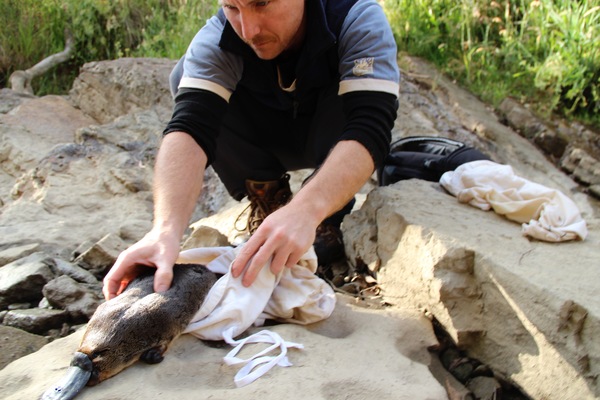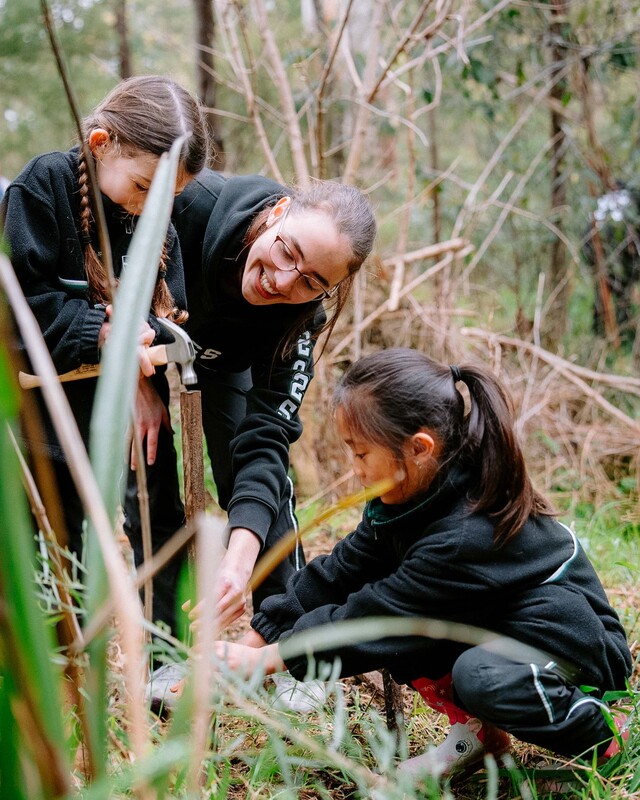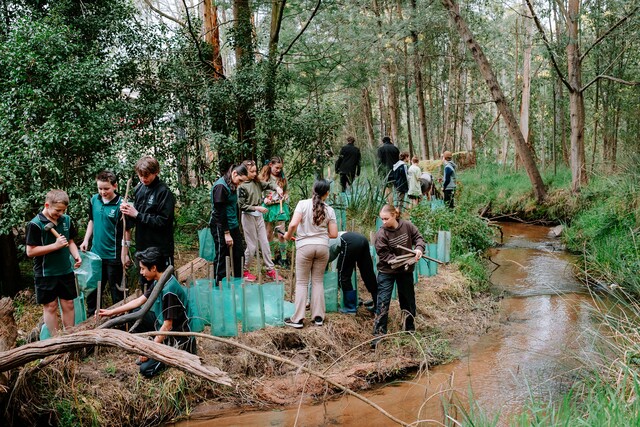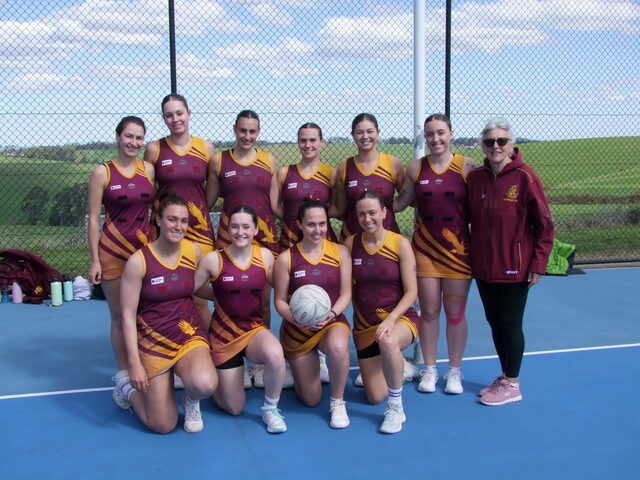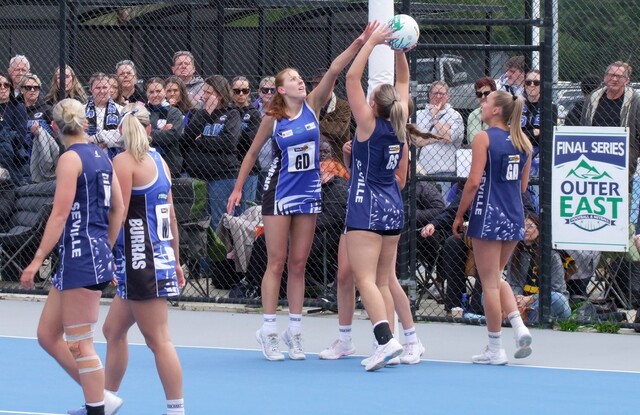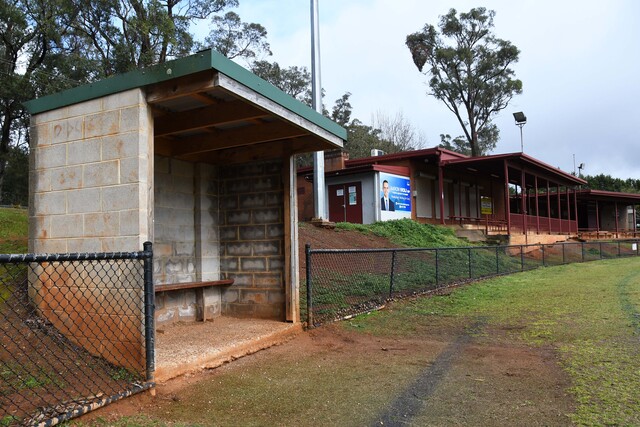By VICTORIA STONE-MEADOWS
THE oldest platypus in the wild has been uncovered by Melbourne Water and ecological research organisation cesar in the waters around Birdsland Reserve in South Belgrave.
The platypus that was found during the Melbourne Water Urban Platypus program spring survey is believed to be about 21 years old.
Cesar platypus ecologist Josh Griffiths said there was no real world data on how long a platypus could live in the wild and this one was a unique case.
“It was around Belgrave Lake Park in Monbulk Creek when we first captured and tagged this particular platypus,” he said.
“He was one of first to be captured and tagged when the survey program began in 1996, and we believed he was a sub adult then, maybe 12-18 months at that time.
“Every time we catch an animal we scan for a chip as we did with this one and that’s how we knew how old he was.”
The platypus monitoring aims to understand and monitor the status of platypus populations in Melbourne’s catchments.
Melbourne Water general manager Waterways and Land, Gavan O’Neill said the surveys were a great indicator of the health of platypus populations in the area.
“The surveys, conducted in conjunction with platypus experts cesar, aim to identify key factors influencing platypus distribution and abundance throughout the greater Melbourne region,” he said.
Mr O’Neill said the health of the waterways around the Melbourne area was an important factor for continuing survival of the local platypus populations.

“When you compare waterways in and around major cities, Melbourne’s are in relatively good shape, but there’s still a lot of work to be done,” he said.
“We’re working with community groups, landowners, developers and councils to significantly improve their health.”
Two of the platypus caught and tagged during the survey were tangled in litter and had to be set free by surveyors.
Mr Griffith said litter was a big problem for the health of platypus in the area and it was up to humans to manage their waste in a way to protect vulnerable aquatic life.
“We consistently find animals each year in rubber bands, hair ties and plastic rings,” he said.
“Litter is something people can really identify with and something people can control.
“Simple things like when throwing out rubbish, make sure to cut through rings and stuff like that.”
“We can all help protect the habitat of platypus and other unique species by disposing of our rubbish carefully and ensuring litter does not end up in our waterways,” Mr O’Neill said.
As well as responsibly disposing of rubbish, people can also get involved in platypus research and conservation by submitting their sightings of platypuses to platypusSPOT.org.

